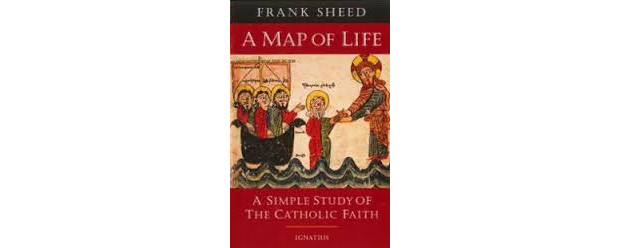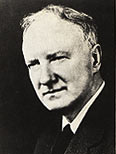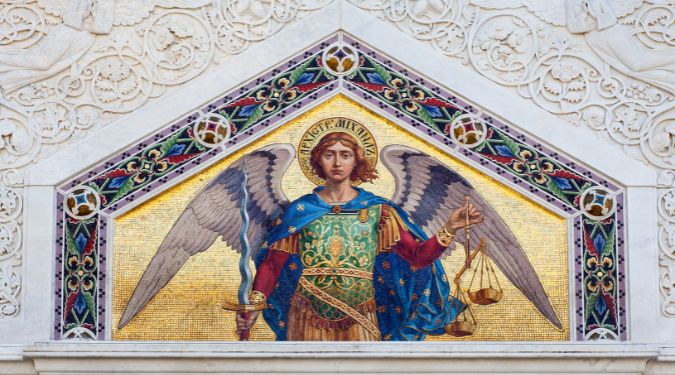“A Map of Life“, by Frank Sheed, Ignatius Press, San Francisco, 1994. Originally published by Sheed & Ward, London, 1933. 147 pages.
I first heard of Frank Sheed, a 20th lay Catholic apologist while I was in college when a friend recommended his book, “Theology and Sanity” to me. After moving to Guam I learned of Sheed’s involvement in the Catholic Evidence Guild in the United Kingdom and of his other works, including “A Map of Life“, which I am reviewing here.
“A Map of Life“, a short work of only 147 pages, is subtitled, “A simple study of the Catholic faith,” and that it is. And a map too, a map that lays out the principle features of Revelation, with the ultimate destination highlighted.
In fact, a map is useless unless it clearly shows how to get to the destination, and it is there that Sheed starts, with heaven. Not the heaven of pearly gates, harps, and clouds, but the heaven as the great Doctors of the Church describe it, as the state of direct knowledge of God and of direct love of God, the source of infinite knowledge, love, and beauty. This decripition doesn’t do justice to Sheed’s prose, which soars far above mine.
“There is a road leading man to that ineffable intimacy with God that we call heaven. The condition of walking the road aright is the Supernatural Life. It will seen that every single thing that happens to man has its bearing on this Supernatural Life and is a good thing or a bad thing depending on whether it helps or hinders it. Every single doctrine of the Catholic Church is bound up with this, and every single practice of the Catholic Church is concerned with this and with nothing else, and apart from this, has no meaning.” page 35.
The book has only 14 chapters, with an average length of 10 or so very readable pages. After discussing life’s purpose and heaven, Sheed goes on to Creation, the Fall, the Incarnation, the Church, the Trinity, Sin, Suffering, Supernatural Life, Hell, Purgatory, and finally, Heaven again.
Sheed is very “Thomistic” in his perspective, that is, he follows the reasoning of St. Thomas Aquinas. One thread that runs throughout the book is the Thomistic concept of the two faculties of spirit, any spirit: intellect and will. The intellect’s chief action is to know, and it’s object is truth, while the will’s chief action is to love, and it’s object is goodness. And the supreme truth and goodness, is God, of course. The relation of God’s infinite intellect and will to the Holy Trinity is discussed in chapter 8, in a way that was never presented to me before in my fifty years as a Catholic. The effect of the “theological virtues” of faith, hope, and charity on our fallen intellects and wills is discussed in an enlightening way in chapter 12. I doubt that you’ve ever heard those virtues presented that way ever before. I certainly have not.
In summary, “A Map of Life” is a marvelous introduction to the Catholic faith for an adult reader thinking about entering the Church, or even for adults like me, who never quite got the big picture by attending CCD as a youth.



